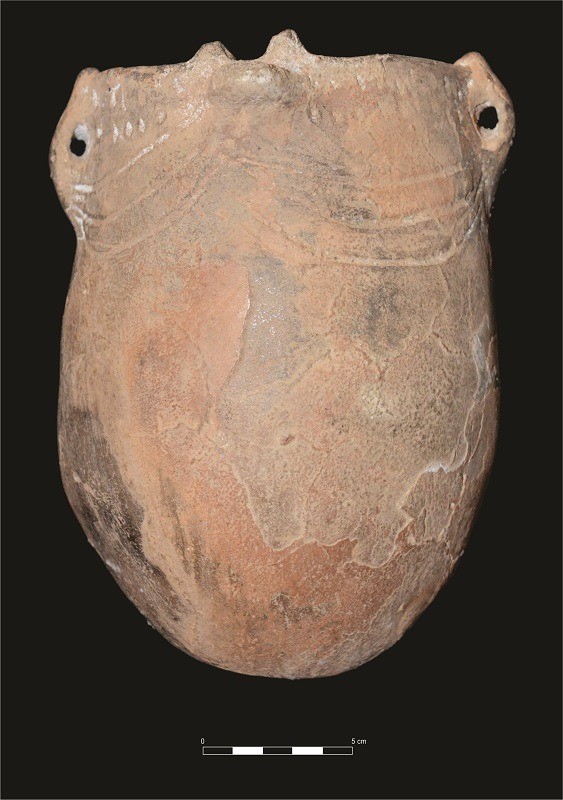An Early Neolithic pottery vessel from Camp Bay

An Early Neolithic pottery vessel from Camp Bay
In the early 1990s this Neolithic vessel was discovered in the area of Camp Bay.
It is an exceptional piece, as it is very well preserved. It is ovoid in shape with a rounded base, and it is decorated with incised curving lines, or swags, which start from the base of from its small handles. Around the rim are two lines of fingernail impressions. When it was fired it underwent a process of oxidisation, turning it a reddish colour, as the clay was exposed to the air. This type of pottery dates from the early Neolithic, between 5,300 and 4,800 BCE, when pottery was introduced to the Iberian Peninsula. It was also the start of farming and agriculture.
The vessel probably came from a burial in a small cave or fissure, in a cliff near Camp Bay.
Published: November 20, 2020
Other similar VM - Archaeology
18-20 Bomb House Lane
PO Box 939,
Gibraltar
